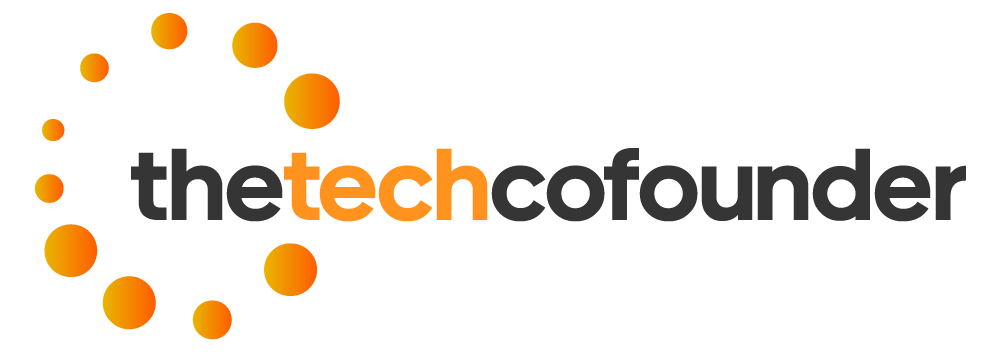Mutf_In, represented by Sbi_Magn_Chil_Gzimwh, signifies a paradigm shift towards adaptability and innovation across sectors. Its focus on user-centric design aims to enhance efficiency and engagement. However, the path to implementation is fraught with challenges such as regulatory barriers and organizational resistance. Despite these issues, the potential for transformative opportunities exists. This raises questions about how businesses can navigate these obstacles and leverage Mutf_In for strategic advantages.
Understanding the Core Principles of Mutf_In
The concept of Mutf_In encompasses several foundational principles essential for its effective application.
Core concepts include adaptability, innovation, and user-centric design. Practical examples illustrate how these principles promote efficiency and empowerment, enabling users to navigate complex environments.
Applications of Mutf_In in Various Industries
Numerous industries have begun to integrate Mutf_In principles to enhance operational efficiency and user engagement.
In healthcare applications, Mutf_In facilitates streamlined patient management systems, improving care delivery.
Similarly, in manufacturing, its implementation boosts efficiency by optimizing processes and reducing waste.
This cross-industry adoption highlights Mutf_In’s versatility, enabling organizations to achieve greater productivity while fostering innovation and enhancing user satisfaction.
Challenges and Opportunities in Implementing Mutf_In
While organizations recognize the potential benefits of implementing Mutf_In, they face a range of challenges that can hinder successful adoption.
Regulatory hurdles often complicate compliance, while technology integration can strain existing systems.
Despite these obstacles, opportunities exist for innovation and improved efficiency, enabling organizations to navigate complexities and harness Mutf_In’s advantages.
Addressing these challenges is essential for maximizing its transformative potential.
Conclusion
In conclusion, Mutf_In serves as a lighthouse, illuminating the path for organizations navigating the turbulent waters of innovation and adaptability. While regulatory storms and resistance may threaten to capsize progress, the potential for streamlined processes and enhanced collaboration remains a beacon of hope. By embracing user-centric design principles, industries can harness the winds of change, transforming challenges into opportunities that propel them toward a competitive horizon, ultimately fostering a more efficient and engaged operational landscape.







